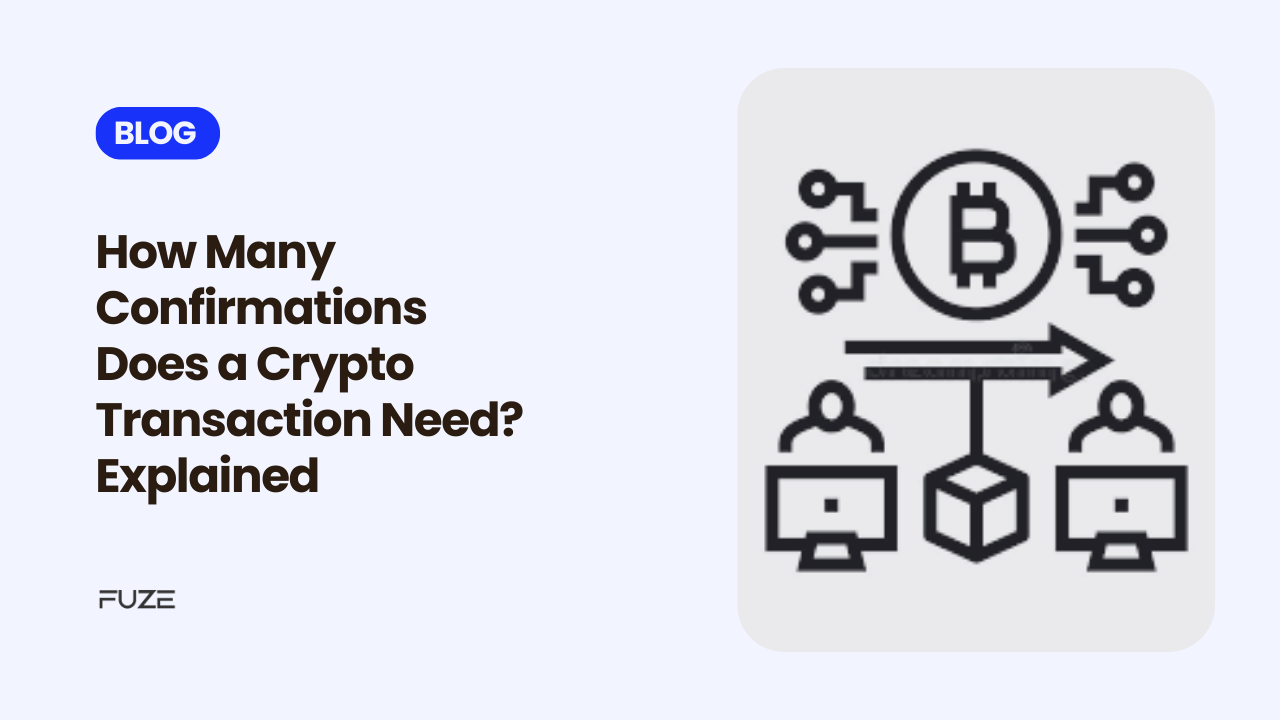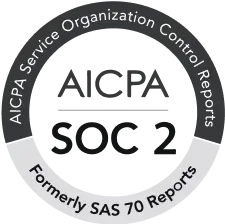In the world of cryptocurrencies, transactions are executed through a decentralised network of computers that validate and document them on a blockchain. However, broadcasting a transaction to the network doesn’t mean it’s immediately finalised. This is where confirmations are significant.
For anyone navigating the crypto environment—whether you’re sending Bitcoin, buying with Ethereum, or accepting payments in any digital currency, comprehending transaction confirmations is essential. This blog delves into the concept of crypto transaction confirmations, their necessity, and the typical number required for different blockchains.
What Are Crypto Transaction Confirmations?
When a cryptocurrency transaction is initiated, it is broadcast to the blockchain network for validation. A confirmation occurs when the transaction is included in a block and that block is successfully added to the blockchain.
Each additional block added to the chain after your transaction provides another confirmation. These confirmations signal to the network that the transaction is valid and not a result of double-spending or other malicious activity.
The more confirmations a transaction has, the more secure and irreversible it becomes.
Why Are Confirmations Necessary?
In a decentralised network, transactions need to be verified to prevent issues like double-spending, where the same cryptocurrency is spent more than once. Confirmations serve multiple purposes:
- Validation: Confirmations verify that the sender has sufficient funds and has not spent them elsewhere.
- Security: Multiple confirmations reduce the risk of transaction reversal due to blockchain reorganisations or malicious attacks.
- Network Consensus: Confirmations ensure that all nodes on the blockchain agree on the transaction’s validity.
Without confirmations, a transaction remains pending, and the recipient cannot be sure of its legitimacy.
How Many Confirmations Are Typically Required?
The number of confirmations needed for a transaction to be considered final varies depending on the blockchain network and the value of the transaction. Below are some examples:
Bitcoin (BTC)
- 1 Confirmation: Typically sufficient for low-value transactions or trusted parties.
- 3-6 Confirmations: Common for medium to high-value transactions.
- 6+ Confirmations: Generally considered final for large transactions, as it provides strong security against chain reorganisations.
Ethereum (ETH)
- 12 Confirmations: Generally considered secure, taking about 2-3 minutes given Ethereum’s block time of ~15 seconds.
Solana (SOL)
- 1-2 Confirmations: Due to Solana’s high speed and efficiency, fewer confirmations are often required, typically completed in seconds.
Litecoin (LTC)
- 6 Confirmations: This mirrors Bitcoin’s standard for finality, as Litecoin shares similar blockchain mechanics.
Binance Smart Chain (BSC)
- 15 Confirmations: With a block time of 3 seconds, this ensures reasonable security in under a minute.
Other Cryptocurrencies
For less popular or newer blockchains, the required confirmations can vary significantly. Some exchanges or platforms may set their own thresholds based on the perceived security of the network.
Factors Influencing the Number of Confirmations Needed
Several factors determine how many confirmations are required for a transaction:
- Blockchain Network: Different blockchains have varying levels of security and block generation speeds, affecting confirmation requirements.
- Transaction Value: Higher-value transactions often demand more confirmations to ensure security.
- Platform Policies: Exchanges, wallets, or payment platforms may set specific confirmation thresholds for different cryptocurrencies.
- Network Activity: During periods of high congestion, more confirmations may be needed to guarantee a transaction’s inclusion in the blockchain.
- Security Requirements: Sensitive or high-risk transactions may call for additional confirmations to mitigate risks like double-spending or 51% attacks.
How Long Does a Confirmation Take?
The time required for a confirmation depends on the blockchain’s block time, which is the interval at which new blocks are added. Here’s a quick comparison:
- Bitcoin: 10 minutes per block, so 6 confirmations take ~60 minutes.
- Ethereum: ~15 seconds per block, so 12 confirmations take ~2-3 minutes.
- Litecoin: ~2.5 minutes per block, so 6 confirmations take ~15 minutes.
- Solana: ~400 milliseconds per block, making transactions near-instant.
These times can vary based on network congestion, hash rate, and other technical factors.
When Is a Transaction Considered Final?
A transaction is considered final when the probability of it being reversed becomes negligible. This depends on the number of confirmations and the blockchain’s susceptibility to reorganisation.
For example:
- In Bitcoin, after 6 confirmations, the likelihood of a transaction being reversed is almost zero.
- On faster blockchains like Solana or Binance Smart Chain, even 1-2 confirmations can suffice due to their higher throughput and consensus mechanisms.
How to Check the Number of Confirmations
Most cryptocurrency wallets and exchanges provide real-time updates on transaction status, including the number of confirmations. Alternatively, you can use a blockchain explorer specific to the cryptocurrency, such as:
- Bitcoin: Blockchain.com
- Ethereum: Etherscan
- Solana: SolScan
- Binance Smart Chain: BscScan
By entering the transaction hash (TXID) into the explorer, you can view the confirmation count, block details, and other metadata.
What Happens if a Transaction Has Zero Confirmations?
A transaction with zero confirmations means it has been broadcast to the network but not yet included in a block. In this state, the transaction is pending and can potentially be invalidated, especially in the case of network congestion or insufficient fees.
To ensure the transaction is final, wait for the required number of confirmations as dictated by the platform or recipient.
Key Takeaways for Crypto Users
- Understand Confirmation Requirements: Different blockchains and platforms have unique standards for how transactions are finalised.
- Factor in Transaction Value: Transfers involving large amounts usually need more confirmations to ensure better security.
- Monitor Transactions: Utilise blockchain explorers or wallet services to keep an eye on your transactions and their confirmation status.
- Plan for Delays: During busy periods, blockchains may face congestion, which can prolong the time needed for confirmations.
Conclusion
Crypto transaction confirmations are a cornerstone of blockchain security, ensuring decentralised validation and immutability of transactions. Understanding how confirmations work, how many are needed, and how to track them can empower users to navigate the world of cryptocurrencies with confidence.
By mastering this fundamental concept, you’ll be better equipped to handle transactions, safeguard your assets, and make informed decisions in the decentralised ecosystem. Whether you’re a casual user or a crypto investor, knowing the ins and outs of confirmations is essential for seamless blockchain interactions.
Disclaimer: Virtual assets carry significant risks, including high volatility and potential loss of your entire investment. They are not backed by governmental protections, and recourse may be limited in case of loss. Always assess your risk tolerance, fully understand the risks, and seek independent financial advice if needed before investing.
Frequently Asked Questions







